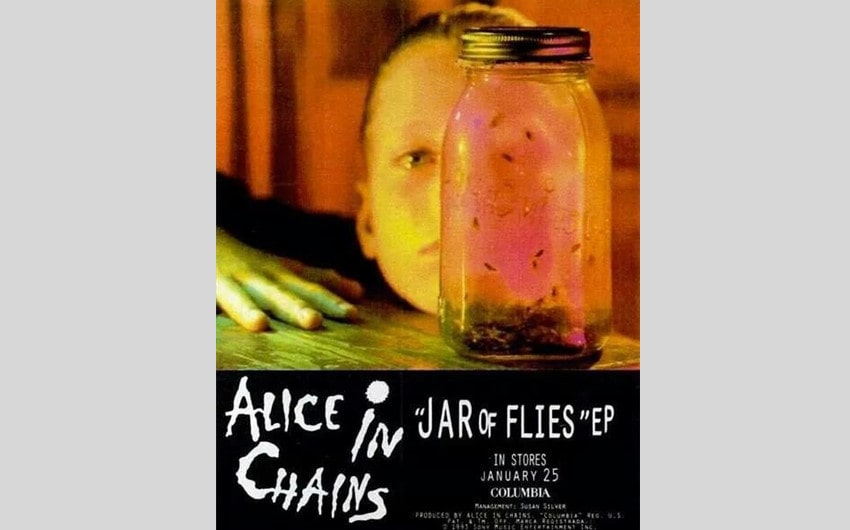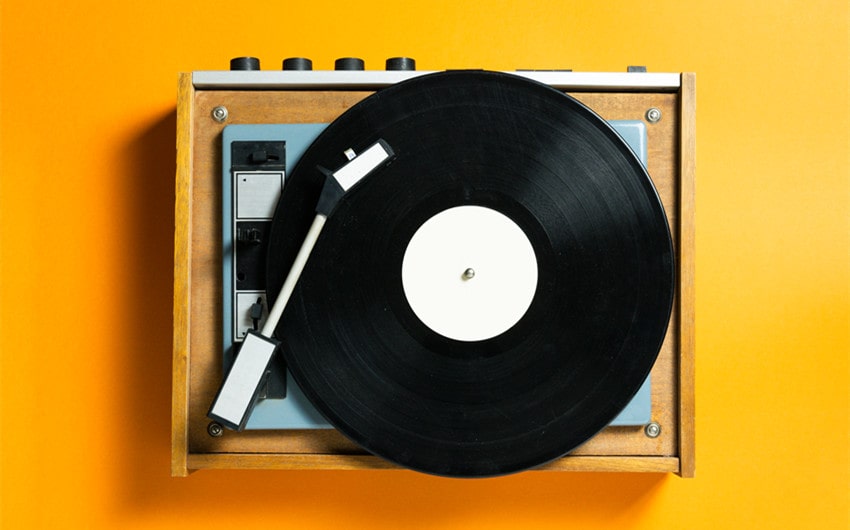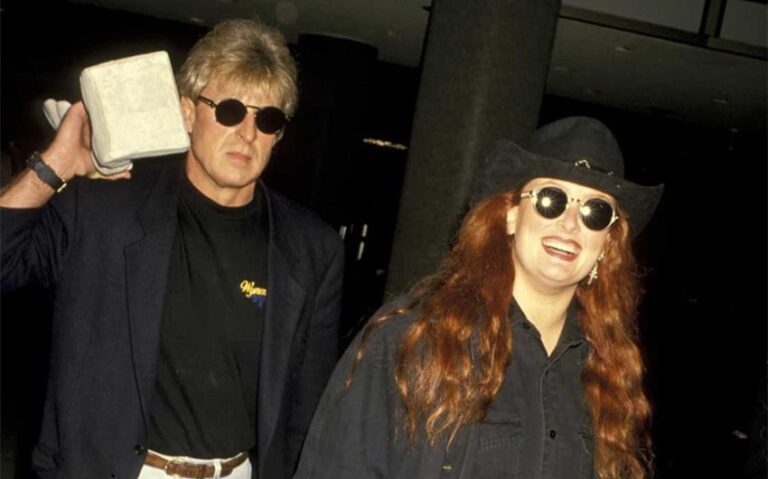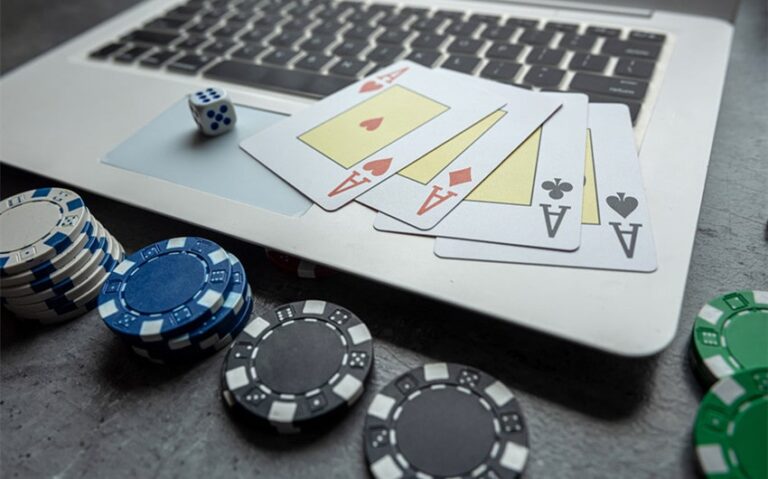What Does EP Mean in Music? A Comprehensive Guide Explained
In the world of music, you’ll often hear the term EP tossed around by artists and fans alike. But what does EP mean in music? Simply put, EP stands for Extended Play, a format that includes more songs than a single but fewer than an album, typically featuring three to five tracks. Understanding the purpose and history of EPs can give you deeper insight into how artists release and share their music. Let’s explore the significance of EPs and why they matter in today’s music scene.
Definition of EP

An EP, or Extended Play, is a music recording that contains more tracks than a single but fewer than a full-length album. Typically, an EP includes three to five songs and has a total duration of around 15 to 30 minutes. The term “Extended Play” refers to the fact that the recording is longer than a single, which usually features just one or two tracks, but not as extensive as an album, which can contain eight or more songs and last for an hour or more.
EPs provide artists with a flexible format to release new music without the time and resource commitments required for a full album. They often serve as a way to introduce new material, test out new styles, or provide fans with fresh content between album releases. The compact nature of an EP allows artists to maintain engagement with their audience and keep their music relevant in the fast-paced music industry.
In summary, an EP is a versatile and strategic format used by artists to share their work, offering more content than a single but less than a full album, making it a popular choice for both emerging and established musicians.
History of the EP
The EP, or Extended Play, has a rich history that dates back to the mid-20th century. It emerged in the 1950s during the vinyl record era as a format that bridged the gap between singles and full-length albums. Initially, EPs were 7-inch records that could hold three to five songs, offering more content than a single without the commitment of a full album.
In the 1960s and 1970s, EPs became popular in the UK, with bands like The Beatles and The Rolling Stones using them to release additional tracks not included on their albums. This period saw EPs being used for live recordings, compilations of singles, and thematic collections.
The 1980s and 1990s brought the CD era, where EPs continued to thrive. They were used to introduce new artists, offer exclusive tracks, and provide remixes. With the advent of digital music in the 2000s, EPs became even more accessible. Digital platforms like iTunes and Spotify allowed artists to release EPs directly to their audience without the need for physical production.
Today, EPs are a popular format for both new and established artists, offering a flexible and cost-effective way to release new music. They serve various purposes, from debuting new material to keeping fans engaged between full-length albums.
Characteristics of an EP: Length and Number of Tracks
An EP, or Extended Play, is defined primarily by its length and the number of tracks it includes. Here are the key details that characterize an EP in terms of its format:
Number of Tracks
EPs typically feature three to five tracks, though the exact number can vary. This range sets EPs apart from singles, which generally contain one or two tracks, and full-length albums, which usually include eight or more songs. The limited number of tracks on an EP allows artists to present a concise collection of their work, providing listeners with a taste of their musical style without the need for a full album.
Total Duration
The total duration of an EP generally falls between 15 to 30 minutes. This shorter length makes EPs more digestible for listeners who may not have the time or attention span for a full-length album. The compact nature of an EP ensures that each track gets attention, creating a focused and impactful listening experience.
Purpose of Releasing an EP
Releasing an EP serves several strategic and artistic purposes for musicians. Here are the primary reasons artists choose to release EPs:
Introducing New Material
For new artists, an EP is an excellent way to introduce themselves to the music scene. It provides enough content to showcase their style and talent without the need for a full album. This shorter format allows them to make a strong first impression and build an initial fan base. It’s often easier to promote and distribute, making it a practical first step in an artist’s career.
Testing New Musical Styles
EPs give artists the freedom to experiment with new sounds and genres. Because an EP typically contains only a few tracks, artists can explore different musical directions without committing to a full album. This experimentation can help them gauge audience reactions and refine their style. Established artists might use EPs to test new approaches or collaborations before deciding to pursue them further in a full-length album.
Maintaining Engagement Between Albums
For artists who have already established a following, EPs are a way to keep fans engaged between full-length album releases. Music trends and audience tastes evolve rapidly, and releasing an EP can help artists stay relevant and maintain visibility in a competitive market. An EP can serve as a bridge, providing fresh content and keeping the momentum going while working on a more extensive project.
Marketing and Promotional Tool
EPs are often used as part of a strategic marketing plan. They can create buzz and excitement, particularly if they include exclusive tracks or are released alongside tours, music videos, or special events. An EP release can attract media attention and generate social media buzz, helping to boost an artist’s profile. Additionally, limited-time or special edition EPs can become collectibles, adding another layer of interest and engagement for fans.
Financial and Logistical Benefits
Producing an EP is generally less costly and time-consuming than creating a full-length album. This makes it an attractive option for independent and emerging artists who may have limited budgets and resources. The shorter format also allows for quicker turnaround times, enabling artists to release new music more frequently and keep up with the fast-paced nature of the music industry.
Famous EPs in Music History

Image source: Pinterest
EPs have played a significant role in the careers of many artists, often serving as pivotal releases that showcase their evolution or experimentation. Here are some notable EPs in music history that have made a lasting impact:
1. “Jar of Flies” by Alice in Chains (1994)
“Jar of Flies” is a standout EP by the American rock band Alice in Chains. Released in 1994, it was the first EP to debut at number one on the Billboard 200 chart. This acoustic-based record includes hits like “No Excuses” and “I Stay Away.” Its success demonstrated the band’s versatility and solidified their place in rock history, showcasing their ability to blend heavy metal with softer, more melodic sounds.
2. “My Everything: The Remixes” by Ariana Grande (2015)
Ariana Grande’s “My Everything: The Remixes” is another influential EP, released in 2015. This EP includes remixed versions of tracks from her second studio album, “My Everything.” It highlights Grande’s ability to bridge pop and dance music, attracting a diverse audience and enhancing her international appeal. The remixes helped solidify her presence in dance clubs and on international charts.
3. “Intergalactic” by Beastie Boys (1998)
The Beastie Boys’ “Intergalactic” EP, released in 1998, features the hit single “Intergalactic” along with several remixes and B-sides. This EP captures the group’s innovative fusion of hip-hop and electronic music. The title track became one of the band’s most iconic songs, and the EP’s experimental nature showcased their willingness to push genre boundaries.
4. “Love Yourself: Her” by BTS (2017)
K-pop sensation BTS released “Love Yourself: Her” in 2017, an EP that became a global phenomenon. It includes the hit single “DNA” and features collaborations with artists like The Chainsmokers. This EP played a crucial role in BTS’s rise to international fame, breaking records and topping charts worldwide. It highlighted the group’s ability to blend K-pop with Western musical influences, solidifying their global appeal.
5. “Broken” by Nine Inch Nails (1992)
Nine Inch Nails’ “Broken” EP, released in 1992, is a critical release in the industrial rock genre. Featuring aggressive tracks like “Wish” and “Happiness in Slavery,” the EP earned the band a Grammy Award and showcased their raw, intense sound. “Broken” is often credited with influencing the direction of industrial and alternative rock music in the 1990s.
6. “The Fame Monster” by Lady Gaga (2009)
Lady Gaga’s “The Fame Monster,” released in 2009, is technically an EP but is considered by many to be one of her best works. It includes hits like “Bad Romance,” “Telephone,” and “Alejandro.” This EP was a follow-up to her debut album, “The Fame,” and it cemented her status as a pop icon. The Fame Monster’s themes of fame, love, and fear resonated with audiences, and its innovative pop sound influenced the genre significantly.
How EPs Are Consumed Today
The way listeners consume EPs has evolved with the rise of digital platforms and streaming services. Here’s a concise look at how EPs are consumed in the modern music landscape:
- Digital Platforms and Streaming Services: EPs are widely available on streaming services like Spotify, Apple Music, and Amazon Music. These platforms make it easy for listeners to discover and stream EPs without purchasing physical copies, ensuring a broad audience reach.
- Playlists and Curated Content: Streaming platforms feature curated playlists that include EP tracks, promoting them to a wider audience. Being included in popular playlists can significantly boost an artist’s visibility and streaming numbers.
- Social Media Promotion: Artists use social media platforms like Instagram, Twitter, TikTok, and Facebook to promote their EPs. These platforms enable direct fan engagement and buzz generation through teaser videos, live-streamed listening parties, and viral marketing campaigns.
- YouTube and Visual Content: YouTube is a powerful tool for promoting EPs through music videos, lyric videos, and behind-the-scenes content. Visual content enhances the listening experience and helps attract new listeners through recommendations and autoplay features.
- Digital Downloads and E-Commerce: Platforms like iTunes and Bandcamp allow fans to purchase EPs, supporting artists financially. Bandcamp is especially popular among independent artists for its fair revenue split and ability to sell merchandise alongside digital music.
- Physical Copies and Collectibles: There is still a market for physical copies of EPs, including vinyl records, CDs, and cassette tapes. Collectors and dedicated fans seek out these formats for their tangible and nostalgic value, often buying limited edition releases and signed copies.
- Concerts and Live Performances: Artists perform songs from their EPs during live shows, driving interest in the recorded versions. EPs are often sold at concert merchandise tables, providing fans with a keepsake from the show and creating memorable experiences.
Creating and Distributing an EP
Creating and distributing an EP involves several important steps, from the initial concept to reaching your audience. Here’s a comprehensive overview of the process:
Concept and Planning
The first step in creating an EP is defining the concept and planning the project. Artists should decide on the theme, style, and message they want to convey. This involves selecting the songs that fit the EP’s vision and determining the number of tracks. Planning also includes setting a timeline for recording, mixing, mastering, and releasing the EP.
Songwriting and Selection
Once the concept is defined, the next step is songwriting and selecting the tracks. Artists can write new songs or choose existing ones that align with the EP’s theme. It’s crucial to ensure that each track complements the others, creating a cohesive listening experience. Artists may also consider collaborating with other songwriters or producers to enhance the quality of the songs.
Recording
Recording is a critical phase where the selected songs come to life. This can be done in a professional studio, at home, or a combination of both, depending on budget and resources. High-quality recording equipment and techniques are essential to ensure the best sound. During recording, artists focus on capturing vocals, instruments, and any additional elements needed for each track.
Mixing and Mastering
After recording, the tracks need to be mixed and mastered to achieve a polished sound. Mixing involves balancing the levels of different instruments and vocals, adding effects, and ensuring clarity and cohesion across all tracks. Mastering is the final step in audio post-production, enhancing the overall sound, ensuring consistency across tracks, and preparing the EP for distribution.
Artwork and Packaging
Creating compelling artwork and packaging is important for branding and attracting listeners. The artwork should reflect the EP’s theme and style, and it will be used for digital platforms, physical copies, and promotional materials. Artists may hire a graphic designer or create the artwork themselves. For physical copies, consider the design of CDs, vinyl, or cassette packaging.
Digital Distribution
Digital distribution is the most common way to release an EP today. Artists can use music distribution services like DistroKid, TuneCore, or CD Baby to upload their EP to streaming platforms and digital stores such as Spotify, Apple Music, Amazon Music, and Bandcamp. These services handle the logistics of getting the music onto various platforms and collecting royalties.
Physical Distribution
For those who want to offer physical copies, options include CDs, vinyl records, and cassette tapes. Artists can work with manufacturers to produce these physical formats. Distribution can be handled through online stores, at live performances, and through retail partnerships. Limited edition releases can create exclusivity and drive sales among dedicated fans.
Promotion and Marketing
Promoting an EP involves a multi-faceted approach to reach a wider audience. Utilize social media platforms like Instagram, Twitter, TikTok, and Facebook to share teasers and release dates. Enhance engagement with music videos on YouTube and social media. Send press releases to music blogs, magazines, and radio stations for media coverage. Host live performances, listening parties, and virtual events to create buzz.
Launch and Post-Release Activities
The launch day is crucial for making an impact. Artists should coordinate all promotional efforts to peak around the release date. Post-release activities include continuing to promote the EP through social media, live performances, and engaging with fans’ feedback. Monitoring analytics on streaming platforms can help understand listener preferences and guide future projects.







